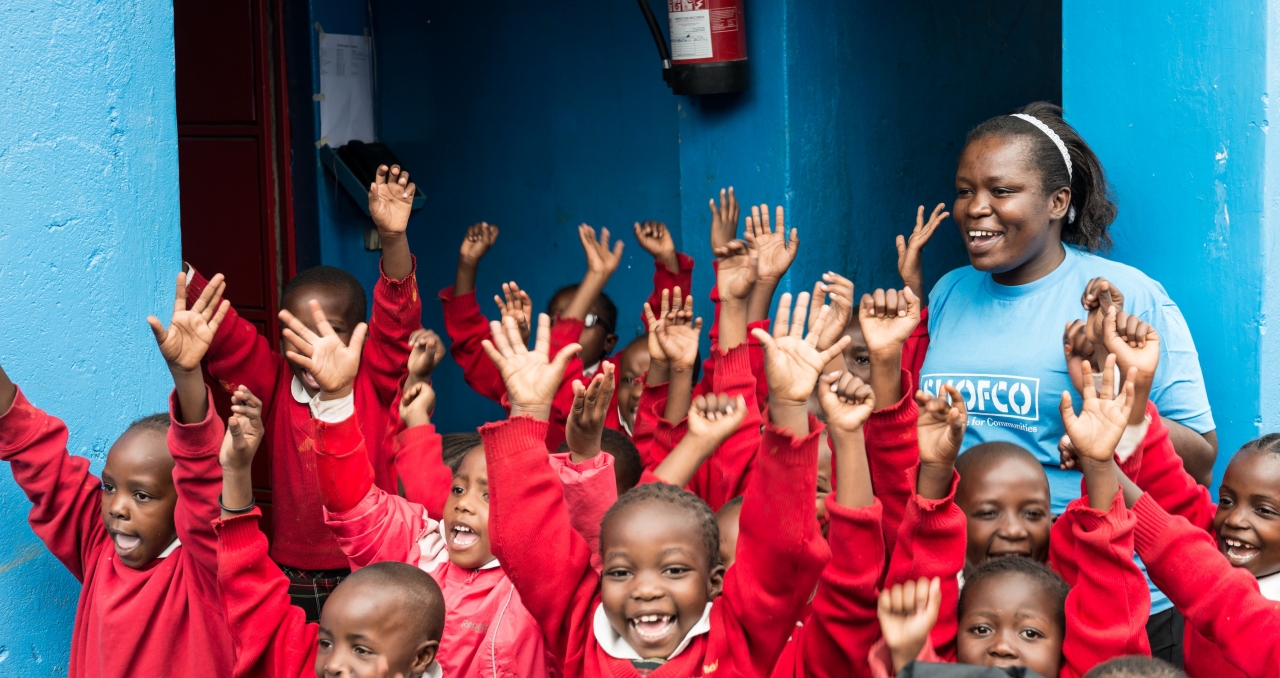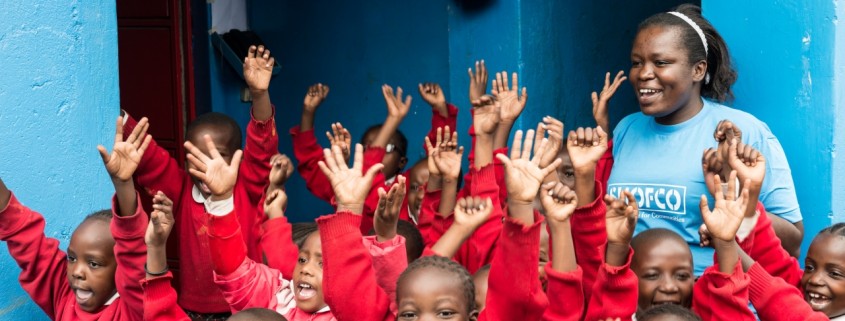3 Steps to Creating a Non-Profit That Will Change the World
BY LIZ VESTAL | April 8, 2015
In my last article, I discussed a week of events talking about feminism happening on Saint Louis University’s campus. Free to [be], I learned the importance of going after what you want. Through that week, I met two hundred girls—and one man—who do not let anything stop them. By learning about the model and the story at Shining Hope for Communities (SHOFCO) in Nairobi, Kenya, I believe I have been able to uncover . . .
3 Steps to Creating a Non-Profit That Will Change the World
1. Find a Worthy Cause
In Nairobi, Kenya, and in many places around the world, girls are the least appreciated—and therefore, most vulnerable—members of the population. Fortunately for them, someone decided to care. Kennedy Odede, the oldest of eight children living among the slums of Nairobi, decided to work his way out of poverty, yet again defying the odds. Recognizing the importance of women and girls as the pinnacle of the family and of society, Kennedy decided he wanted to open a school for girls right there in the slum in which he grew up.
2. Personally Invest Your Time and Talents
. . . and soon others will follow. Kennedy put in the hard work to start this school with only $10,000 and four weeks to do so. Since 2009, the Kibera School for Girls has grown from 40 to 220 students, and the girls are all able to attend for free. Their parents or guardians agree to work for five weeks at the school in any way they can, and in turn, their daughters are able to attend at no cost. In the summer, college students (myself included!) from the United States as well as those from Kenya team up and lead a summer camp of sorts for the girls, keeping them out of trouble and danger year-round.

Shining Hope for Communities
3. Utilize Business Skills
Companies grow through creating a sustainable model. Through keeping track of every ounce of water distributed through their clean water program, SHOFCO is keeping a close monitor on all of their transactions. Their data show age, gender, income level, and health of all the people who walk through their doors. In recording not only their clientele, but also their progress along the way, the organization is able to show tangible results to stakeholders present and future. As a grassroots organization, SHOFCO is also able to adapt their business practices to the needs of the community. For example, when children were not coming to school because they were too malnourished to do so, SHOFCO opened up a health clinic to treat those children as well as their families.
Kennedy and Jessica Odede are changing lives in Kibera. By following this model, other companies too can find ways to make meaningful and lasting impacts in the lives of those who need them most.
To learn more about the school or help support Liz’s trip to Kenya this summer, please visit this page.
Hey there! I‘m Liz, the SERVE intern this year. I hail from Des Moines, Iowa (it’s cooler than you think, I promise) and am currently a junior studying Theology and Social Work at Saint Louis University. I spent the last semester in Manila, Philippines through the Casa Bayanihan program through the University of San Francisco, with pillars in academics, spirituality, community, and accompaniment. Transitioning back to SLU has been aided through a position as the Social Justice Intern in Campus Ministry, putting on events and bringing people together to discuss issues of social justice around campus and in the St. Louis area. When I’m not doing campus ministry-related activities, you can find me biking long distances, kayaking, baking for friends, drinking Hot Cinnamon Spice tea, or reading nerdy theology texts.







Leave a Reply
Want to join the discussion?Feel free to contribute!